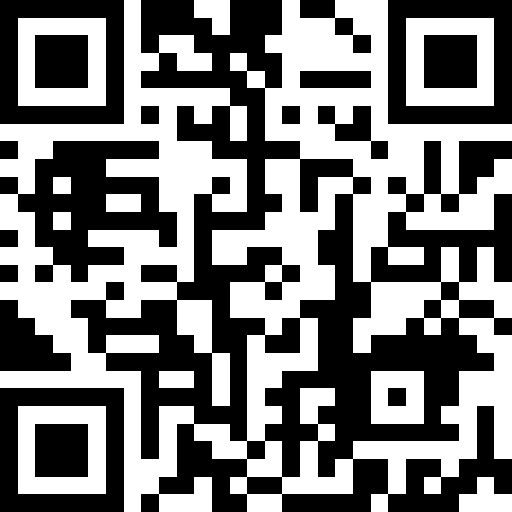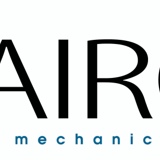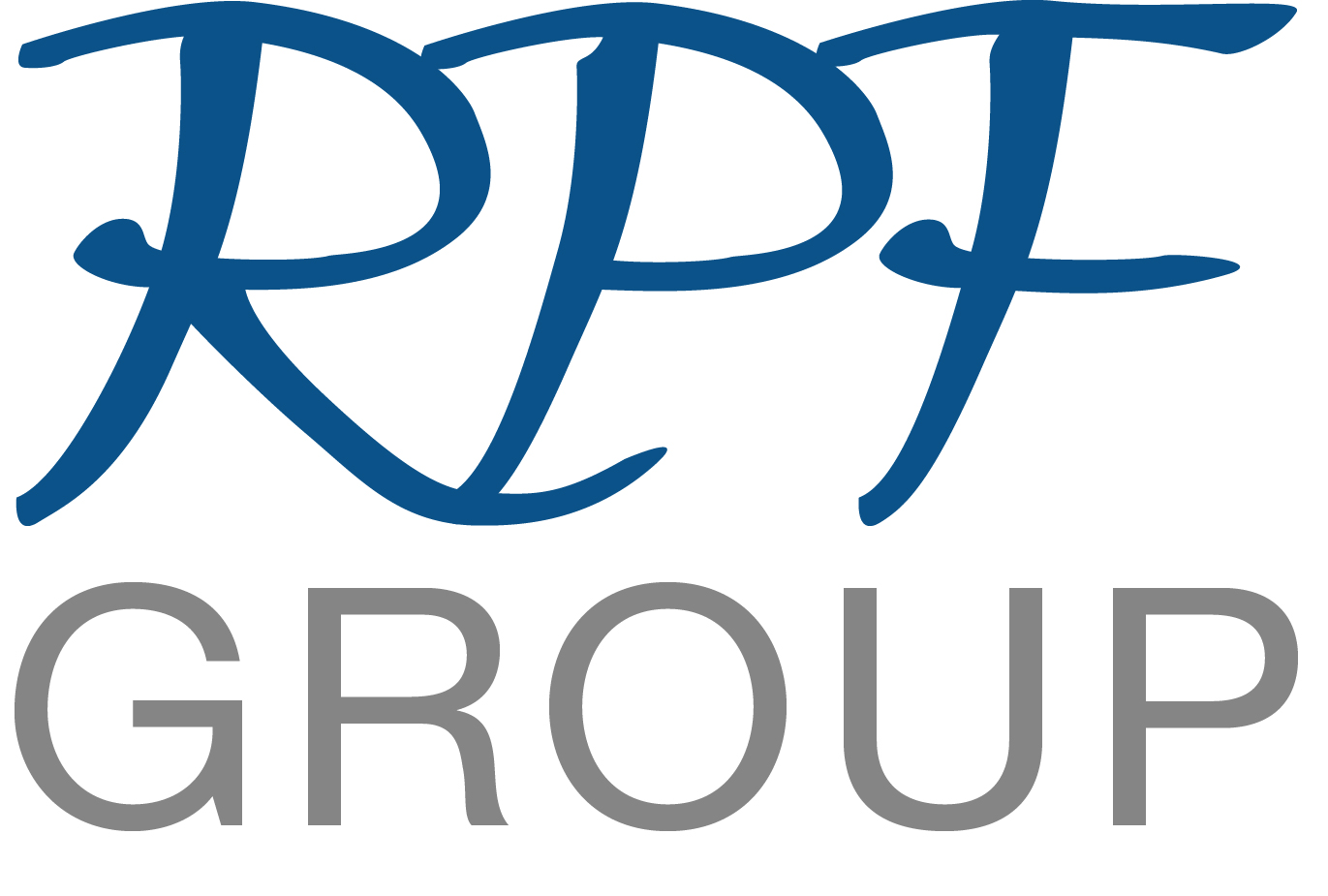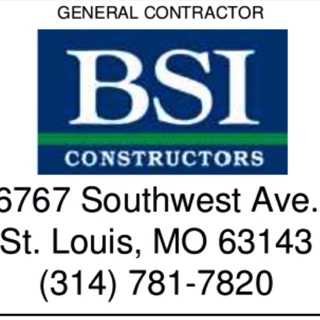Information
-
Document No.
-
Job Site Safety Inspection Checklist
-
Client / Site
-
Conducted on
-
Prepared by
-
Location
-
Personnel
Ladders and Scaffolding
-
A. Top of ladder is secured.
-
Add media
-
B. Ladder rails are 36" or more above the roof edge.
-
Add media
-
C. Ladder angle is at the 1:4 ratio.
-
Add media
-
D. Ladder access is clear top and bottom.
-
Add media
-
E. Ladders do not block doorways or normal pedestrian or vehicle traffic.
-
Add media
-
F. Materials, supplies or tools are not being carried up or down ladders.
-
Add media
-
G. Ladder or stair access to different roof levels over 19' high.
-
Add media
-
H. Ladders are in good condition (no cracks or splinters).
-
Add media
-
I. Scaffolding is set up properly and stable.
-
Add media
-
J. Access to scaffold is by secured ladder or stairs.
-
Add media
Fall Protection
-
A. Work zone system in place.
-
Add media
-
B. Loading zone guard rails in place and in use.
-
Add media
-
C. Guard rail system set up properly.
-
Add media
-
D. Guardrail system cables installed and tightened properly.
-
Add media
-
E. Ladder access area through guard rails set up properly.
-
Add media
-
F. Cable positioning "dog line" set up properly & tight.
-
Add media
-
G. Cable positioning "dog line" being used properly.
-
Add media
-
H. Rope, rope grab and tie-off point set up properly.
-
Add media
-
I. Rope, rope grab and tie-off point being used properly.
-
Add media
-
J. Roof jacks and planks set up and being used properly.
-
Add media
-
K. Warning lines in place 6' from the edge and 34" - 39" high.
-
Add media
-
L. Harnesses and lanyards are being used when required.
-
Add media
-
M. A certified monitor is in use and in position.
-
Add media
-
N. A catch platform is in place.
-
Add media
-
O. Roof openings are either securely covered and marked or protected by guard rails.
-
Add media
-
P. Skylights are covered or protected by guardrails.
-
Add media
Ground Fault Circuit Interrupters
-
Ground fault circuit interrupters are being used.
-
Add media
Extension Cords
-
A. Ground prongs are intact.
-
Add media
-
B. Cord insulation is free of cuts, splits or gouges.
-
Add media
Materials and Power Equipment
-
Materials and power equipment are stored and used at a distance greater than six (6) feet from the roof edge outside of flag line.
-
Add media
First-Aid
-
A first-aid kit is on the job site.
-
Add media
Drinking Water
-
Drinking water is on the site.
-
Add media
Fire Safety
-
A. One charged 10 lb. ABC extinguisher is on the roof within 100 feet of the employees and the stored materials.
-
Add media
-
B. One charged 10 lb. ABC extinguisher is on the roof near any torch or hot work.
-
Add media
-
C. One charged 2.5 lb. ABC extinguisher is on the truck.
-
Add media
-
D. No smoking allowed or occurring near flammable materials.
-
Add media
-
E. Gasoline and flammable liquids cans are metal safety cans with spring-closer lids and properly labeled.
-
Add media
-
F. Propane (LPG) tanks are stored in a secure and upright position away from the building and other flammable materials.
-
Add media
-
G. Propane (LPG) tanks being used are upright and used correctly.
-
Add media
Personal Protective Equipment
-
A. All employees are wearing proper eye protection.
-
Add media
-
B. All employees are wearing hard hats at loading zone, below roof level, when overhead hazard exists or when required.
-
Add media
-
C. All employees are wearing leather safety shoes unless directed differently by the foreman (winter boots).
-
Add media
-
D. Gloves are being worn at appropriate times.
-
Add media
-
E. Long pants and shirt (company uniform) worn as required.
-
Add media
Material Handling
-
A. Crane set up and used in a safe manner by a licensed operator.
-
Add media
-
B. High-lift equipment used in a safe manner by a qualified operator.
-
Add media
-
C. Crane or high-lift maneuvers being directed correctly by a qualified employee using proper hand signals from a safe location.
-
Add media
-
D. Roof hoist properly set up, balanced and operated.
-
Add media
-
E. Crane or high-lift are being inspected daily.
-
Add media
Power Tools
-
A. All guards are in place.
-
Add media
-
B. Cord insulation is free of cuts, splits or gouges.
-
Add media
-
C. Tool is clean and in good operating condition.
-
Add media
Housekeeping
-
A. Garbage and debris is picked up and disposed of properly.
-
Add media
-
B. Materials, tools and equipment stored in an organized manner.
-
Add media
-
C. Working areas are kept clear of tripping/slipping hazards.
-
Add media
Recognized Hazards
-
All known hazards are recognized and appropriately addressed (ex: power lines, slippery conditions, public traffics, high winds, etc)
-
Add media
Public Hazard Protection
-
A barrier tape, fence or warning line is in place to protect the public from possible hazards.
-
Add media
Truck
-
Foreman/crew truck is kept in proper working condition with materials and tools carried in a secure manner.
-
Add media
HazCom
-
A. Emergency phone numbers are established and known by crew.
-
Add media
-
B. Emergency site evacuation plan is established and known by crew.
-
Add media
-
C. Copies of the MSDS sheets and the HazCom program are on site.
-
Add media
Daily Safety Inspection
-
Dailey safety inspection done before starting work for that day.
-
Add media
-
Reinspection











